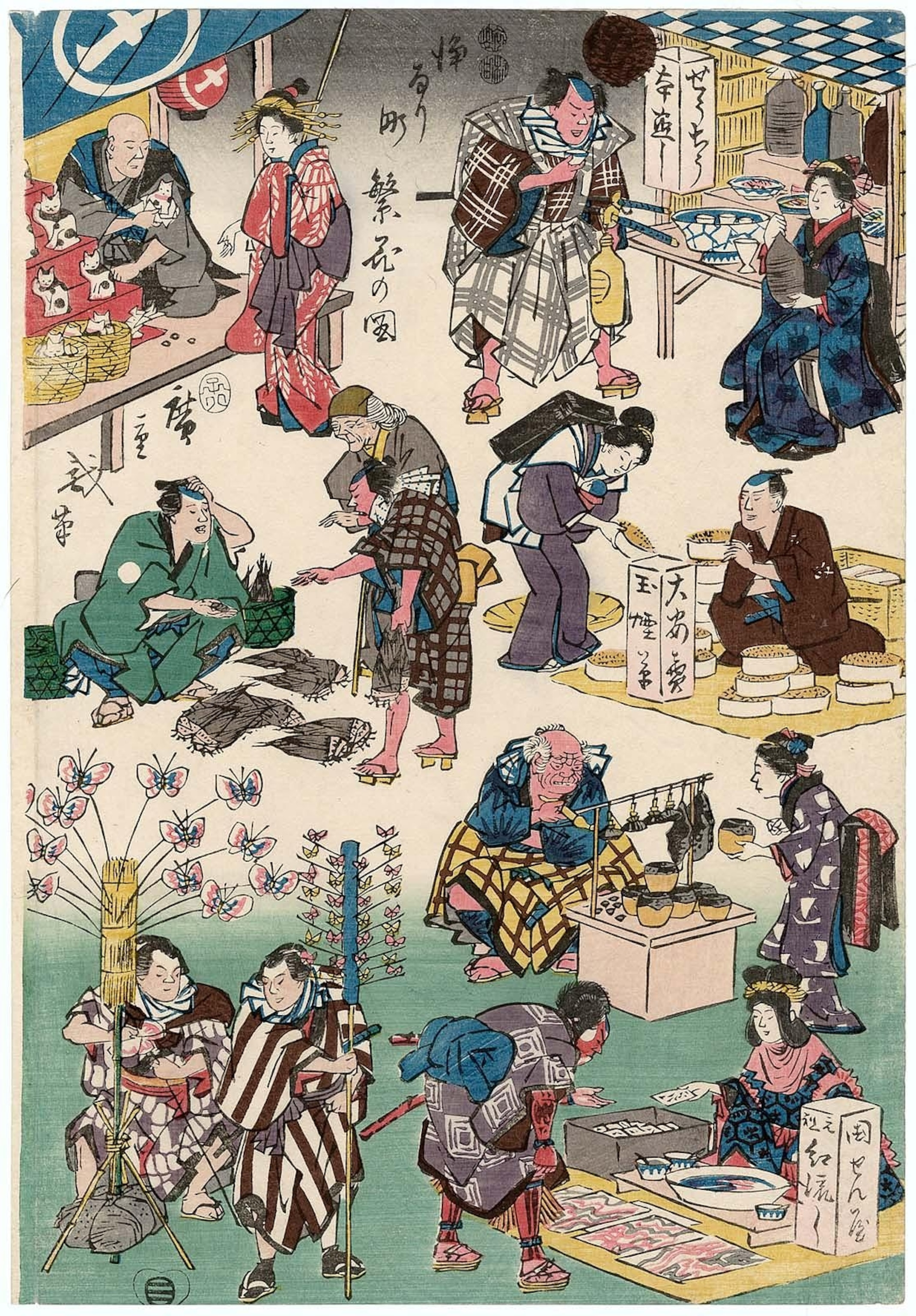The Lucky Waving Cat, or maneki-neko as it’s known in Japan, is an ubiquitous symbol of good fortune, often seen beckoning customers into businesses or adorning homes worldwide. But this charming figurine is more than just a decorative item; it’s steeped in rich folklore and cultural significance that spans centuries. Understanding the story behind the lucky waving cat reveals a fascinating narrative deeply intertwined with Japanese history and beliefs.
One popular legend traces the origin of the lucky waving cat to an old woman in Imado during the Edo period (1603-1868). As the tale goes, struggling in poverty, she was advised by her feline companion in a dream to create ceramic figurines. Following the cat’s instructions, the woman crafted figurines from Imado-yaki ware and sold them at the gates of a nearby shrine. True to the cat’s promise, these ceramic figures rapidly gained popularity, lifting the old woman out of hardship and into prosperity. This heartwarming story is considered by many to be the foundational myth of the lucky waving cat, associating it directly with financial good fortune and the rewarding of kindness to animals.
 Utagawa Hiroshige's 1852 woodblock print depicting maru-shime no neko for sale, showcasing early lucky waving cat imagery.
Utagawa Hiroshige's 1852 woodblock print depicting maru-shime no neko for sale, showcasing early lucky waving cat imagery.
Further solidifying the lucky waving cat‘s presence in Japanese culture, the renowned printmaker Hiroshige Utagawa captured these figurines in his 1852 woodblock print series, “Flourishing Business in Balladtown.” This artwork, titled “maru-shime no neko,” is the oldest known visual representation of the fortune cat being sold in a bustling market. Utagawa’s print serves as historical evidence of the early popularity and cultural integration of the lucky waving cat, demonstrating its appeal as a symbol of commerce and prosperity even in the mid-19th century.
Beyond specific origin stories, the widespread adoption of the lucky waving cat throughout Japan and later globally is also linked to practical and deeply ingrained cultural beliefs. In 1602, a significant imperial decree in Japan ordered the liberation of all cats. This edict wasn’t based on mere compassion; it was a strategic move to leverage the feline’s natural prowess in pest control, particularly within the vital sericulture (silk production) industry. As silk trade declined, the cat’s association with protection and economic well-being transitioned into a broader symbolism of business prosperity. The lucky waving cat thus became a tangible representation of this historical link between felines and fortune.
Professor Yoshiko Okuyama, a Japanese studies expert at the University of Hawaii at Hilo, emphasizes the profound cultural significance of the lucky waving cat. “The importance of maneki-neko lies in its mythologized power to bring good fortune to the caretaker,” she explains. This belief isn’t merely superficial; it stems from a long-held reverence for cats in Japanese folklore. The proverb “neko wo koroseba nanadai tataru” – “If you kill a cat, it will haunt your family for seven generations” – highlights a deep-seated folk belief in cats as creatures of longevity and potential retribution. This cultural backdrop underscores that the lucky waving cat is not simply a passive charm, but a symbol of a reciprocal relationship: care for the cat, and it, in turn, will bring you good fortune.
In conclusion, the lucky waving cat is far more than just a cute figurine. It embodies a rich tapestry of Japanese folklore, historical context, and cultural values. From its legendary origins in Imado to its representation in historical art and its connection to practical pest control policies, the lucky waving cat has become a potent symbol of prosperity and good luck. Its enduring popularity speaks to the deep-rooted belief in the power of cats to bring fortune to those who cherish and respect them, making it a meaningful and cherished icon worldwide.

